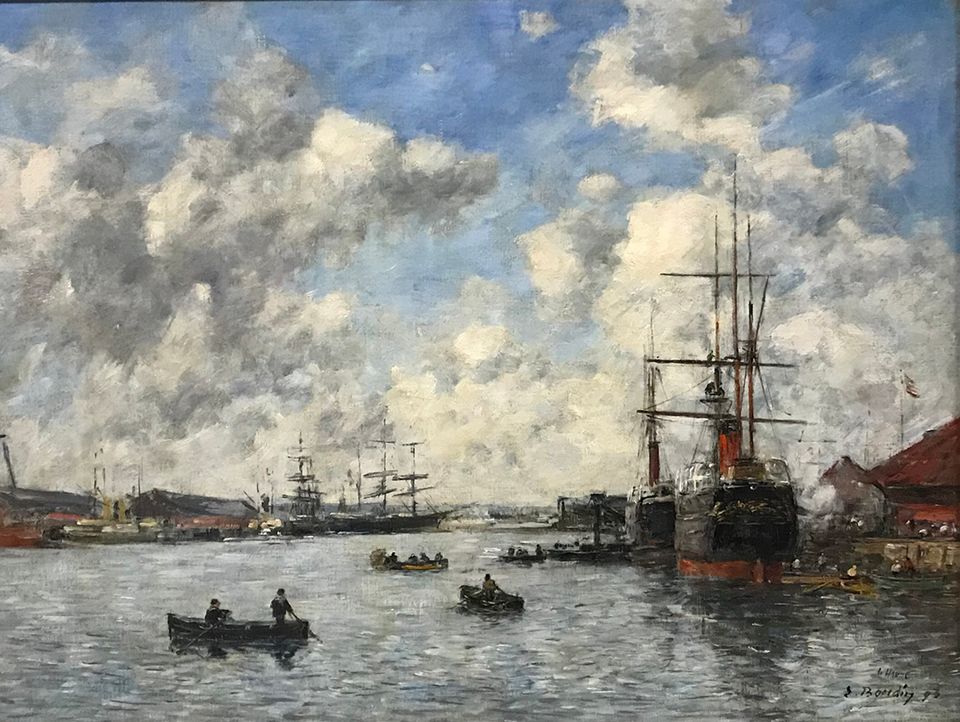Plein Air Painting: Pro Tips

"Everything that is painted directly and on the spot has always a strength, a power, a vivacity of touch which one cannot recover in the studio... three strokes of a brush in front of nature are worth more than two days of work at the easel."
_Eugene Boudin 1824 -1898
Plein air painting can be a fun and spontaneous way to create art, but there are a few things to keep in mind, here are some pro tips to help you get more out of your experience.
• Wear comfortable clothing and bring a hat with a brim to keep the sun out of your eyes and do not paint wearing a sun glass.
• Binder clips or ring bound sketchbooks will help keep your pages from flapping around in the wind. Use heavier paper (300gsm or more)
• Remember that light is constantly moving and changing, so what you see in one moment may look completely different a few minutes later. Take a picture if necessary, to help you remind and paint that exact moment.
• Take only as many brushes as you need, maybe 2 or 3, including one round, one flat, and one rigger brush. Consider investing in collapsible easels specifically for plein air painting.
• Be aware of weather conditions—strong wind can blow dust into your paint; hot temperatures will dry your paint quickly; cold temperatures may numb your hands—and take shelter accordingly! If working in direct sunlight becomes difficult, try focusing on small areas rather than panoramas.

Here are some FAQs about Plein Air Painting
What artists focused primarily on plein air painting?
French impressionist painters such as Claude Monet, Camille Pissarro, Alfred Sisley, Eugene Boudin and Pierre-Auguste Renoir advocated plein air painting, and much of their work was done outdoors in the diffuse light of a large white umbrella.
Why is painting in plein air important?
The best advantage of painting plein air is that all the senses are engaged. You are essentially making a first-class memory. Sight, smell, sound, and touch are simultaneously involved. Even if you can't touch the landscape, you can feel the breeze.
What is the 1/3 rule in painting?
Putting the horizon line 1/3 of the way from the top or 1/3 of the way from the bottom creates a more attractive composition. This is the rule of thirds in action. And of course, using the rule on art with vertical elements instead of horizontal ones works just as well.
So, keep these tips in mind to up your game and happy painting!

D'Artisan Shoppe 15pc profesional brush set
4 natural hog hair bristle brushes and 11 synthetic bristle brushes to create the brush strokes you need.

